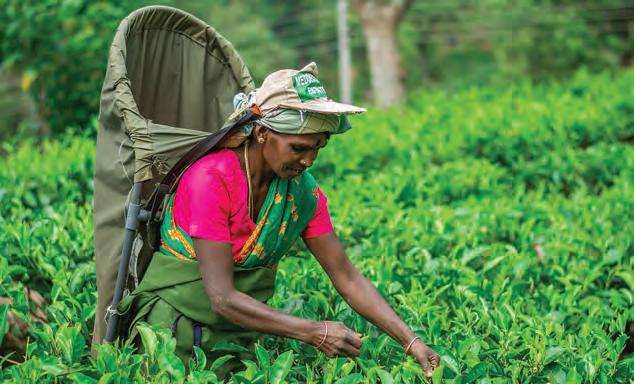
2 minute read
6.2 Definition, nature and direction of international trade
Create and assign unique tests and exams Access quarantined tests and assessments Track your students results
Find all this and MORE in jacPLUS
Advertisement
UNCORRECTED PAGE PROOFS
6The economics of international trade
UNIT 2 AREA OF STUDY 2 Applied e conomic a nalysis o f l ocal, n ational a nd i nternational economic issues OUTCOME 2 Explain the factors that affect two economic issues at a local, national and international level and evaluate actions to address the issues. LEARNING SEQUENCE 6.1 Overview ......................................................................................................................................................................2 6.2 Definition, nature and direction of international trade ................................................................................4 6.3 Measurement of Australia’s international transactions ..............................................................................7 6.4 The benefits of international trade for Australia and the global economy .......................................10 6.5 The economic factors influencing international trade ..............................................................................15 6.6 Different perspectives about the issue of international trade ...............................................................21 6.7 Economic responses and government policies involving international trade ................................ 28 6.8 Review ........................................................................................................................................................................44 UNCORRECTED PAGE PROOFS
Hey students! Bring these pages to life online
Watch videos Engage with interactivities Answer questions and check results
Find all this and MORE in jacPLUS
6.1.1 Introduction Every day, Australians are heavily involved in two-way international trade across national borders. We export or sell goods and services to consumers overseas and also buy or import goods and services from abroad. International trade allows you to have a watch made in Switzerland, eat lamb grown in Australia, be entertained with movies from the United States, drink coffee from Brazil, holiday in Bali (Indonesia), wear shoes made in the Philippines and T-shirts sourced from Bangladesh, drive cars made in South Korea or Germany, use a mobile phone manufactured in China and have a home loan where the money is often sourced by your favourite bank, perhaps from overseas. Indeed, international trade has made countries interdependent. It has allowed them to specialise in the production of those things they are best at making, sell these abroad, and then use the money gained to buy whatever else they need from overseas. Because international trade generally has beneficial effects for most countries and individuals, this helps to explain its spectacular growth from around 2 per cent of the world’s GDP in AD 1500, to around 60 per cent over the last few years. Apart from international trade between countries, there are also other types of transactions involving the movement of money capital or investments. In this optional topic, we are going to get a taste of some international economics that looks at how conditions in countries are interdependent. Amongst other things, we will investigate why countries trade, the patterns of trade, how we measure international trade, the factors that can influence trade levels, and how government policies help to promote global trade. FIGURE 6.1 With conditions that favour the production of high-quality tea, Sri Lanka grows 20 per cent of the teas exported around the world. Many countries are keen to import tea because they don’t have the right combination of resources needed to produce quality tea. UNCORRECTED PAGE PROOFS











